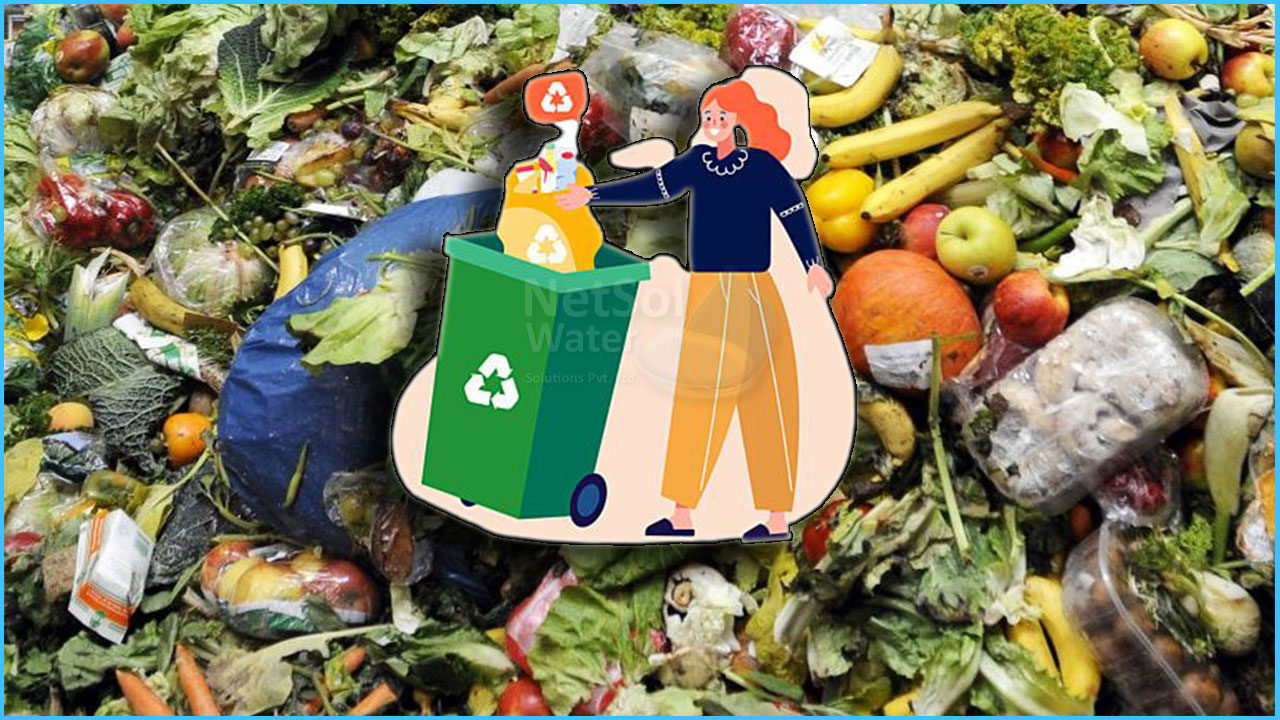Sustainable Recovery for Green Waste
The global economy has risen fast since the Industrial Revolution, owing to the use of primarily non-renewable raw materials as feedstock for products and energy. This has resulted in the depletion of natural resources (stocks that aren't renewable). This understanding has been a game-changer in the last decade. Governments and other interested parties, notably in Western, industrialised countries, have been given a boost to start making the change in developing a society that can be sustained.
We define business process sustainability as the combined economic, environmental, and social optimum of manufacturing alternatives that take restrictions into consideration. The triple constraint, which includes technology limitations and regulation, is also known as the triple constraint. People–Planet–Profit optimization using a bottom line (TBL) method.
Green waste consists of wood cuttings from pruning (hereafter, cuttings), leaves, and grass collected after gardening. The cuttings are desirable for both composting and energy production since dry wood has an energy content of 18,600 MJ/ton. When used as co-firing in a power plant, dry wood can generate on average 1650 kWhe/ton.
The present Waste Directive allows for the separation of a portion of green waste clippings for energy recovery if it can be demonstrated that doing so is a more sustainable choice. Nonetheless, because compost can be used as a fertiliser, composting remains the most popular method of recovering material from the organic part of municipal solid waste. The use of renewable energy sources is becoming increasingly important to mitigate the impact of global warming.
Waste management holds an important key to India’s economic development in a sustained and environment friendly manner, by providing a means to effectively utilise the 62 million tonnes of waste which is annually generated in India. Presently, waste contributes to 0.17% of energy generation from the total capacity of 80GW, and this presents a huge opportunity for India, where otherwise the waste is largely disposed of in a non-environment friendly manner in landfills. Currently, waste to energy conversion methods work best with dry organic waste, but in a country like India, where waste segregation is a challenge and there is a lot of mixed waste, technologies like anaerobic digestion and composting are gaining traction and should be considered as viable options for achieving the 5690 MW of energy potential from waste.
The Ministry of New and Renewable Energy announced a revised guideline for its Waste to Energy Program in February 2020, which included municipal solid waste with industrial, urban, agricultural, and residual waste. As a result, the central funding support rules were revised, and Rs 400 crore was set out for energy generation from MSW, with the goal of generating 200 MW of energy.
This is a step in the right direction in terms of appreciating the value of municipal solid trash and the technologies that may be used to create energy.




